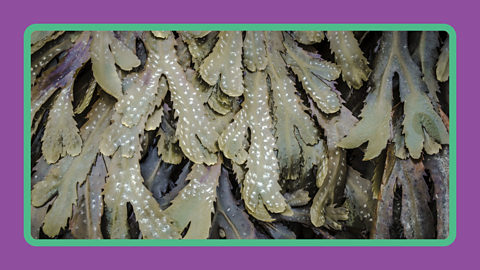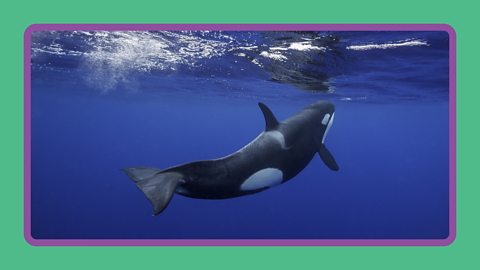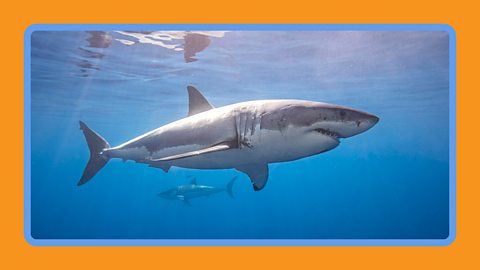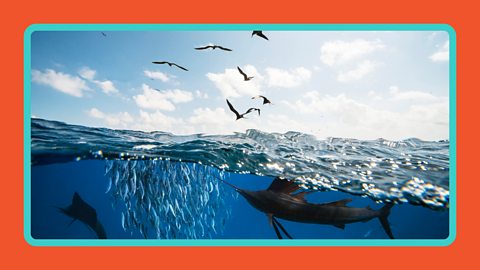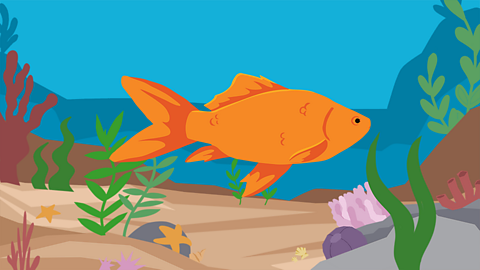
What is an ocean habitat?
Ocean habitats are all of the Earth’s oceans: The Pacific, the Atlantic, the Indian, the Southern, and the Arctic Ocean.
Oceans cover about 70% of the Earth’s surface and are what make the Earth seem blue from space.
Ocean habitats are large and wet. They are hotter near the equator and colder near the North and South Pole.
At the poles (the Southern Ocean and Arctic Ocean) temperatures can be freezing whereas closer to the Equator (the Indian Ocean) temperatures are much warmer.

Unlike rivers and lakes which are freshwater, oceans and seas are saltwater. The animals and plants that live in our oceans have adaptations to survive in their habitat.
All animals need the same important things to survive; water, air, shelter and food and an ocean habitat provides plenty of all of them for all the species that are found there.
Animals don't choose their habitat because they are suited to it. Their adaptations (the features that make them suited to their environment) happen randomly. If these adaptations help an animal to survive then they are passed on to its offspring. This is called evolution.
Watch: What lives under the sea?
Discover the different living things under the sea.
We are here.
But have you ever wondered what plants and animals live in the ocean and how they survive underwater?
Well, pack your swimsuit, we're off to find out!
Look at all these fish! Big fish! Small fish! And so many colours.
And there's seaweed growing here. Doesn't it look like a plant? But it's an algae.
Seaweed grows close to the surface because it uses the sun to make its own food. Just like a plant!
And what's that? It's lots and lots of plankton!
Plankton is made up of tiny plants and animals. These plants are at the beginning of most of the ocean's food chains.
Look! A right whale having its dinner.
Whales are the biggest animals in the world and most only eat plankton, one of the smallest. They must have to eat a lot!
They can stay underwater for an hour, but come to the surface to breathe.
So, ocean habitats are large and wet.
Ooh, I'm off to find a boat.
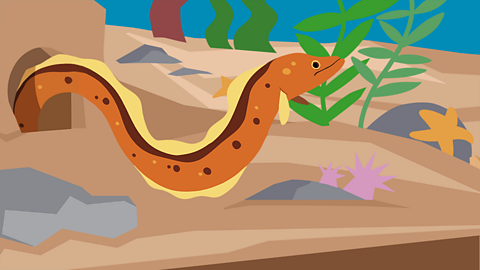
Did you know?
The ocean habitat has the greatest diversity of life of any habitat on the planet.
There are around 240,000 species known to be living in the Earth's oceans, but scientists think there may be millions more still waiting to be discovered!


Ocean habitats
What are ocean habitats like?
Ocean habitats range from the sunlit surface waters to the pitch-black depths.
Oceans can be divided into zones and each zone supports different life forms:
The open ocean is large and open. It is home to large predators like great white sharks, blue whales, and bottlenose dolphins, as well as tiny plankton.
The deep ocean is dark, cold, and under immense pressure. Marine life that lives here must have special adaptations to survive such as bioluminescence, which means animals that can emit their own light.

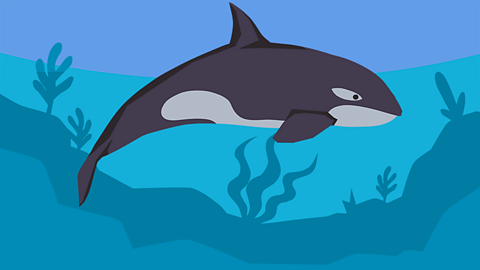
What can affect ocean habitats?
Ocean habitats are affected by lots of different factors.
Sunlight – The amount of sunlight affects the type of marine life that live there. More organisms are found in sunlit zones.
Temperature – The temperature of the oceans changes with the depth and location. The deeper you go, the colder it is and the Arctic Ocean will be colder than the Indian Ocean. Temperature affects the types of organisms that can survive.
Salinity – The amount of salt in the water affects the organisms that can live there.
Pressure – The deeper you go, the more pressure there is. Organisms that live in the deeper ocean must have bodies that are adapted to high pressures.

What can you find in an ocean habitat?
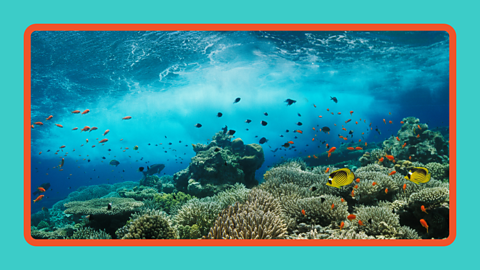
Image caption, Coral
A coral reef is an important part of an ocean habitat, with fish and coral sharing a habitat together to provide food and protection for each other.
1 of 5
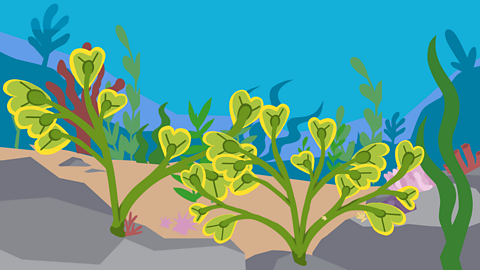
Fascinating facts
Oceans cover over 70% of the Earth.
The Pacific Ocean is the largest and deepest of Earth's five oceans.
The Arctic Ocean is the smallest and shallowest and also the coldest.
The largest animal that has ever existed lives in an ocean habitat. The blue whale can grow up to 30m long and weigh 200 tonnes.
Around half of the oxygen that we breathe on Earth comes from our oceans.
Seaweed is a marine algae. There are thousands of species of seaweed but they can be grouped into three main types – red, brown and green.
Humans have only explored around 5% of the world's oceans.
The Great Barrier Reef in Australia is the world's biggest coral reef. It is a massive 348,700 km² in size, which is larger than the UK!

Important words
Adaptation – The way that animals change over time to better suit their environment.
Air – All animals need air to breathe.
Evolution – The way that animals can develop small differences over time.
Equator – An imaginary line that circles the middle of the Earth, exactly between the North and South Poles.
Food – The things that an animal or plant eats and takes nutrition from.
Ocean habitat – Where an animal or plant lives in the ocean or sea.
Saltwater – Water that contains natural salts.
Shelter – Where an animal finds protection from predators.
Water – All animals need to drink or take in water to survive.
Activities
Activity 1 – Find the ocean animals
Activity 2 – Ocean habitats quiz
Activity 3 – Colouring sheet
Easter Holidays Activity Pack activity
Check out some Easter inspired activities to complete in the Easter Holidays, for KS1.

More on Living things and their habitats
Find out more by working through a topic
- count6 of 11
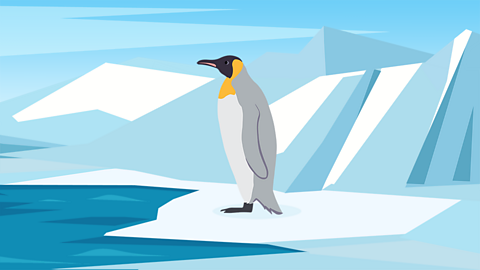
- count7 of 11
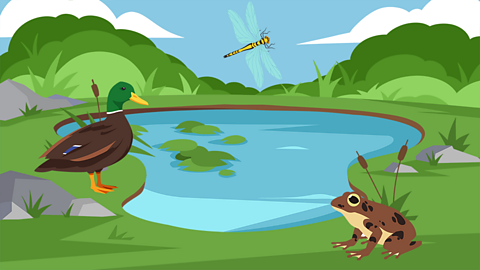
- count8 of 11
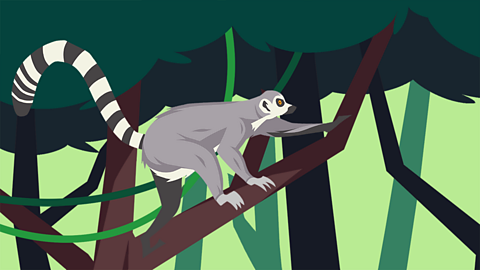
- count9 of 11

